
Bird Walk at Aravalli Biodiversity Park, New Delhi
- New Delhi
- 6 July, 2025
- Midori

About Aravalli Biodiversity Park, New Delhi
Aravalli Biodiversity Park, New Delhi, is a 699-acre ecological restoration site situated on the northwestern edge of Vasant Vihar. Once heavily degraded by mining and dominated by the invasive Prosopis juliflora, the park is now being transformed into a mosaic of native dry deciduous forest, scrub, and grassland ecosystems—aimed at reviving the near-extinct biodiversity of the Delhi Aravallis.
This rewilded urban forest sustains over 205 bird species, from prinias and paradise flycatchers to owls and raptors, and also shelters jackals, nilgai, and reptiles. Functioning as a vital ecological buffer, the park aids in groundwater recharge, carbon capture, and urban heat regulation. Recognized as India’s first OECM site, Aravalli Biodiversity Park showcases the potential of urban restoration to create resilient green lungs in the heart of a rapidly expanding city.
Partnered with
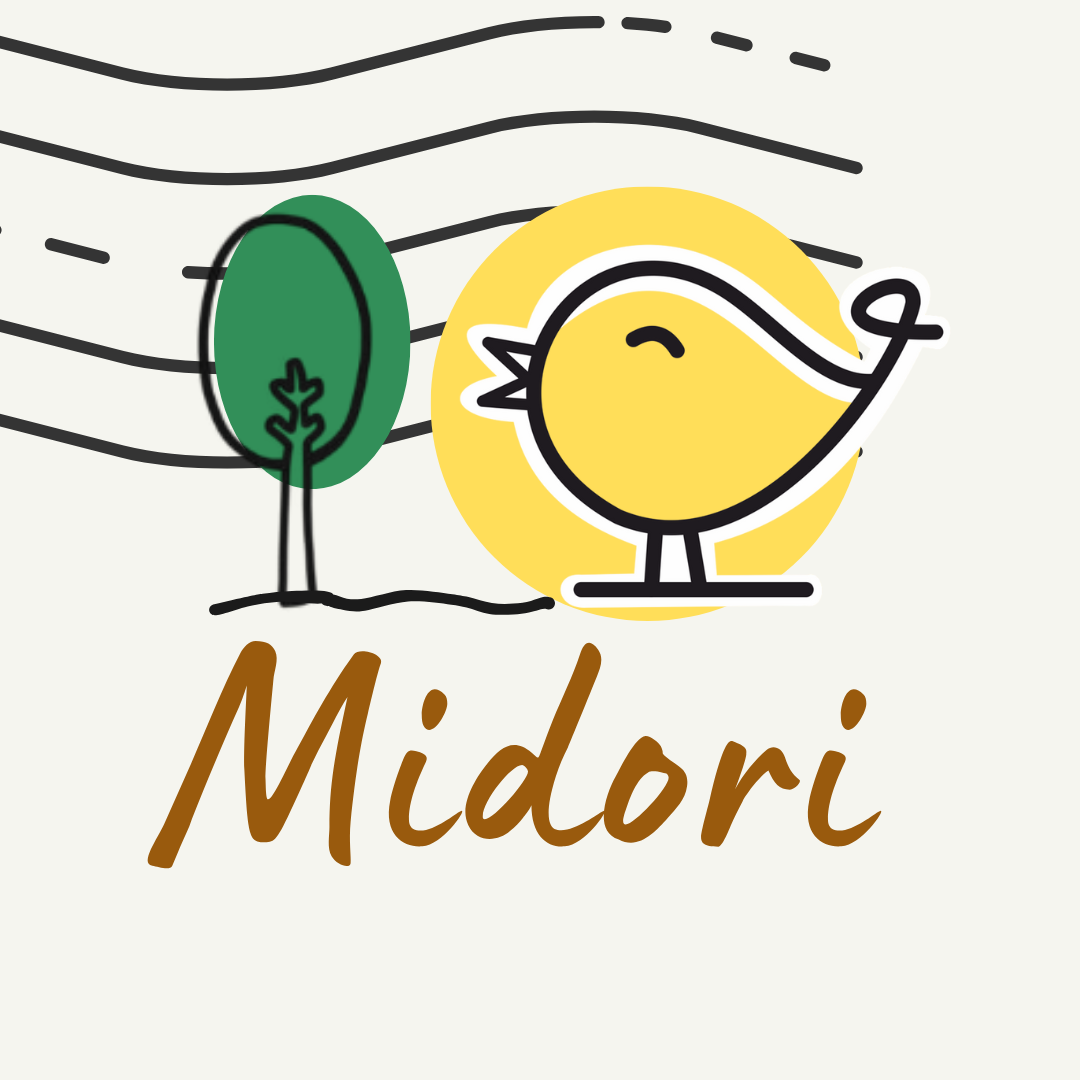

Bird Guide: Mansi
Nature educator and birding guide with Midori Walks, Mansi blends ecology and mindfulness to create enriching outdoor experiences in urban green spaces.
Bird walk Location
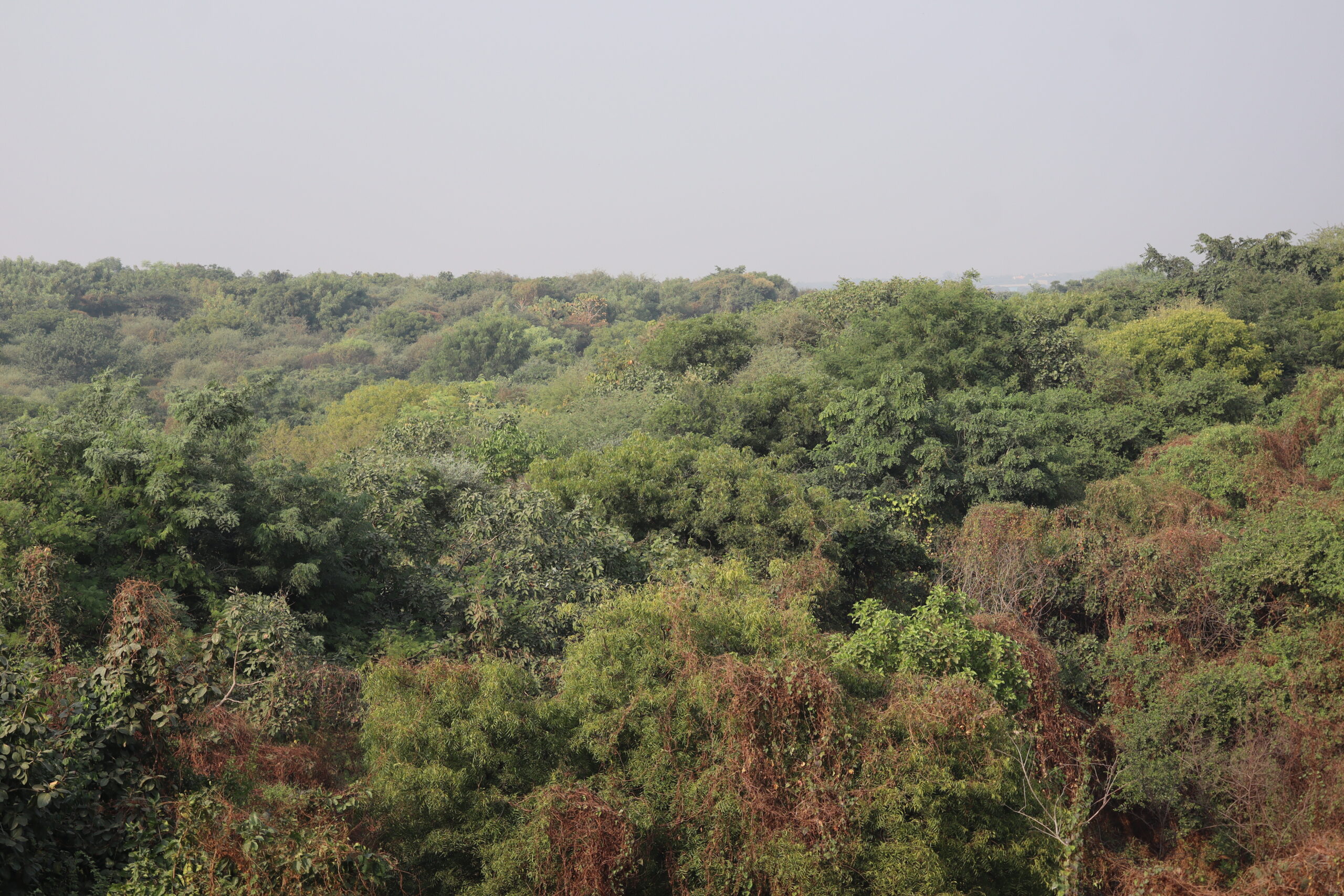
Common birds of Aravalli
Aravalli in New Delhi continues to be a thriving refuge for a remarkable diversity of birdlife. A total of 205 bird species have been recorded so far, ranging from common residents like the Indian Peafowl, Jungle Babbler, and Red-vented Bulbul to more elusive visitors such as the Indian Paradise-Flycatcher, Indian Scops-Owl, and Yellow-footed Green-Pigeon. Raptors like the Shikra, Black Kite, and Oriental Honey-buzzard patrol the skies, while grassland and scrub-loving species such as Baya Weavers, Rufous Treepies, and Small Minivets remain active in the lower canopy and thickets. Water-associated birds like the Indian Spot-billed Duck, Eurasian Moorhen, and White-breasted Waterhen have also been noted in the park’s seasonal wetlands.
Migratory and wintering species such as the Green-winged Teal, Taiga Flycatcher, Siberian Stonechat, and Bluethroat add seasonal richness to the park’s avifauna. The presence of woodland specialists like the Indian Grey Hornbill, Spotted Owlet, and Black-rumped Flameback, alongside warblers and buntings like the Booted Warbler, Lesser Whitethroat, and White-capped Bunting, indicates the variety of microhabitats now available. These observations reaffirm Aravalli Biodiversity Park’s success as a restored urban ecosystem, offering vital habitat for both resident and migratory birds within the heart of the capital.
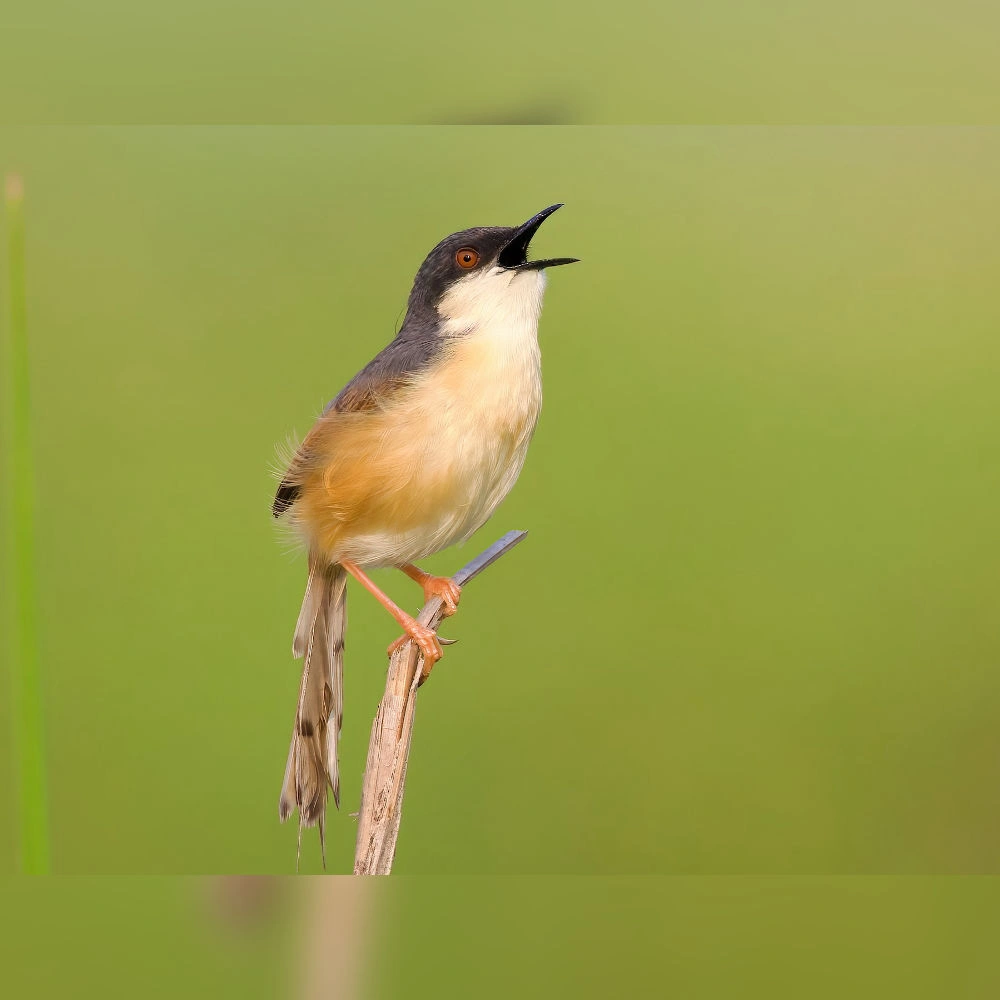
Ashy Prinia
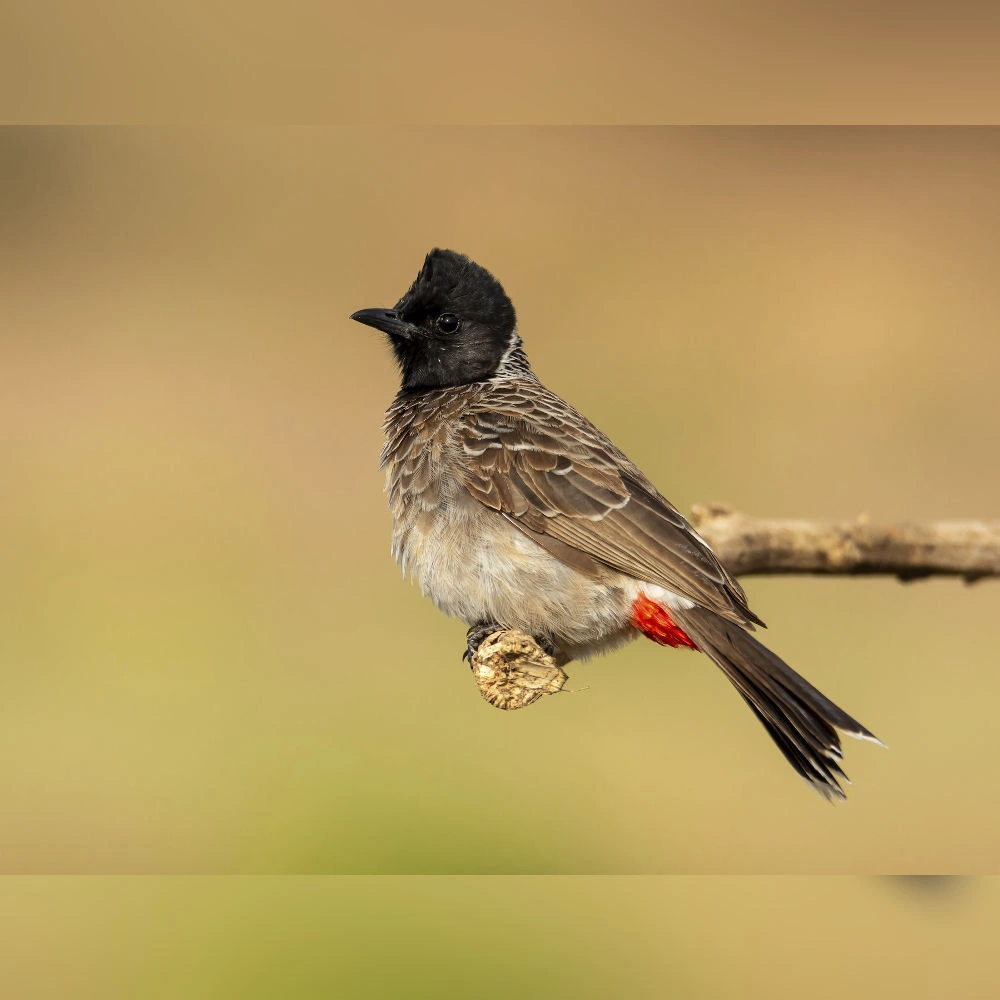
Red-vented Bulbul

Coppersmith Barbet
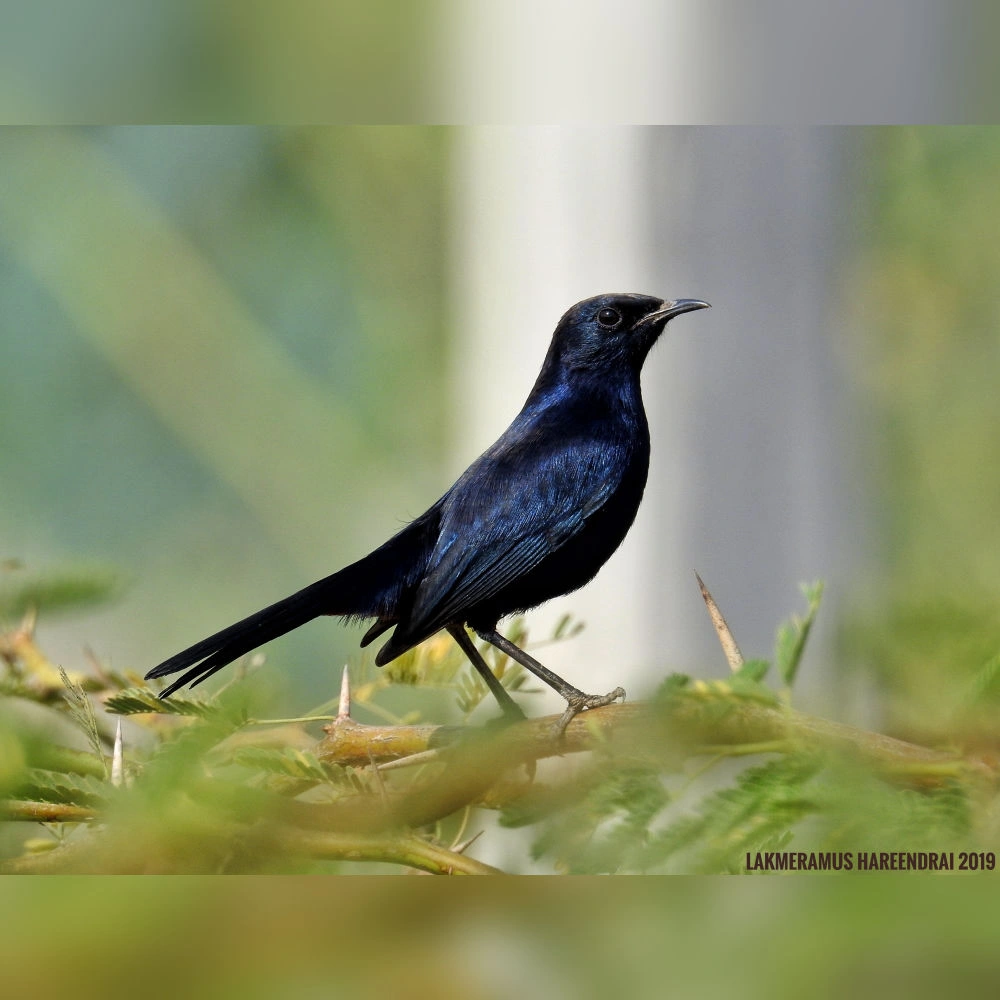
Indian Robin
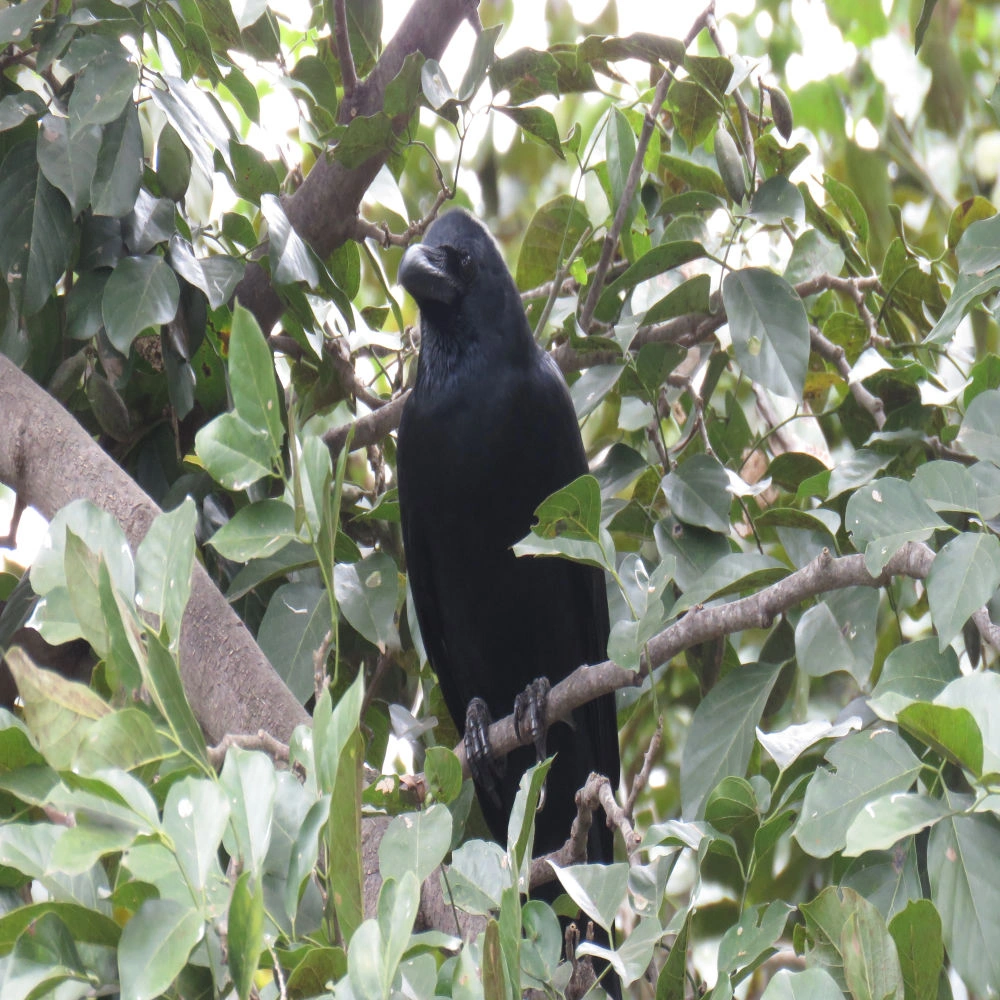
Large-billed Crow
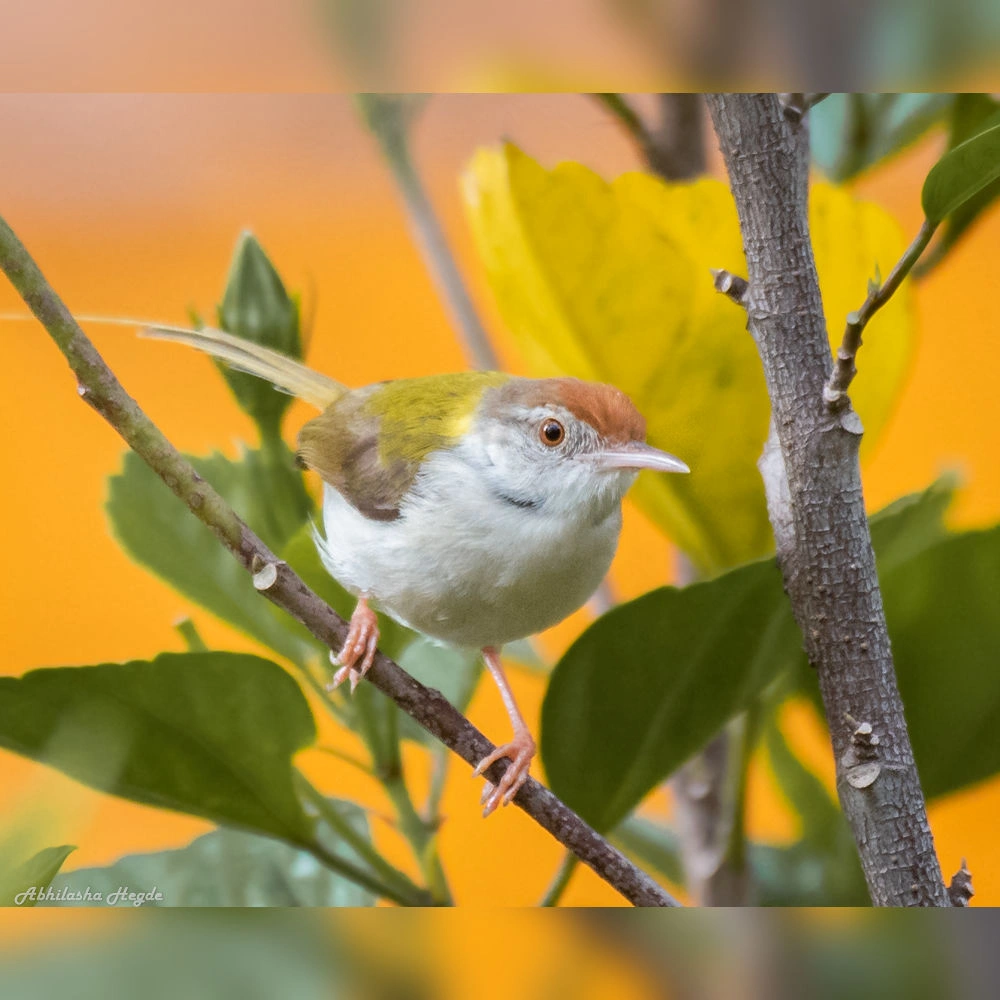
Common Tailorbird
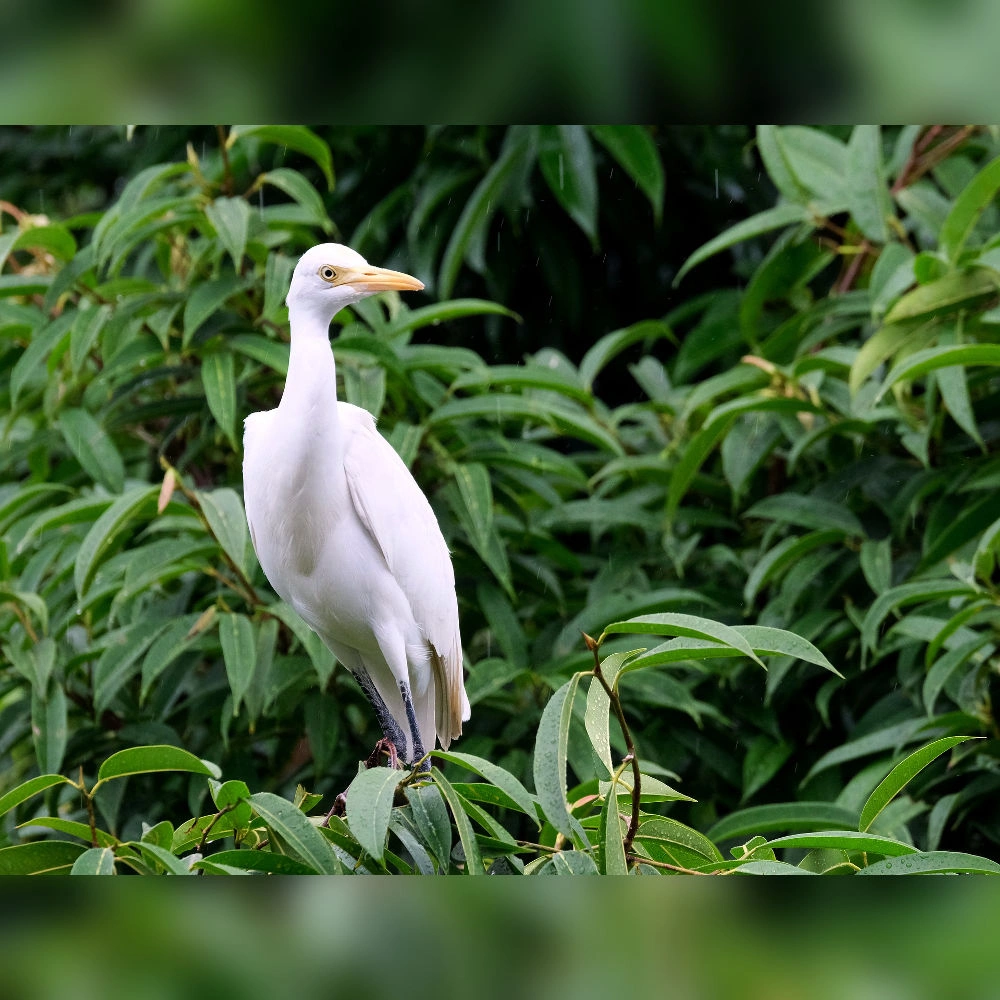
Eastern Cattle Egret
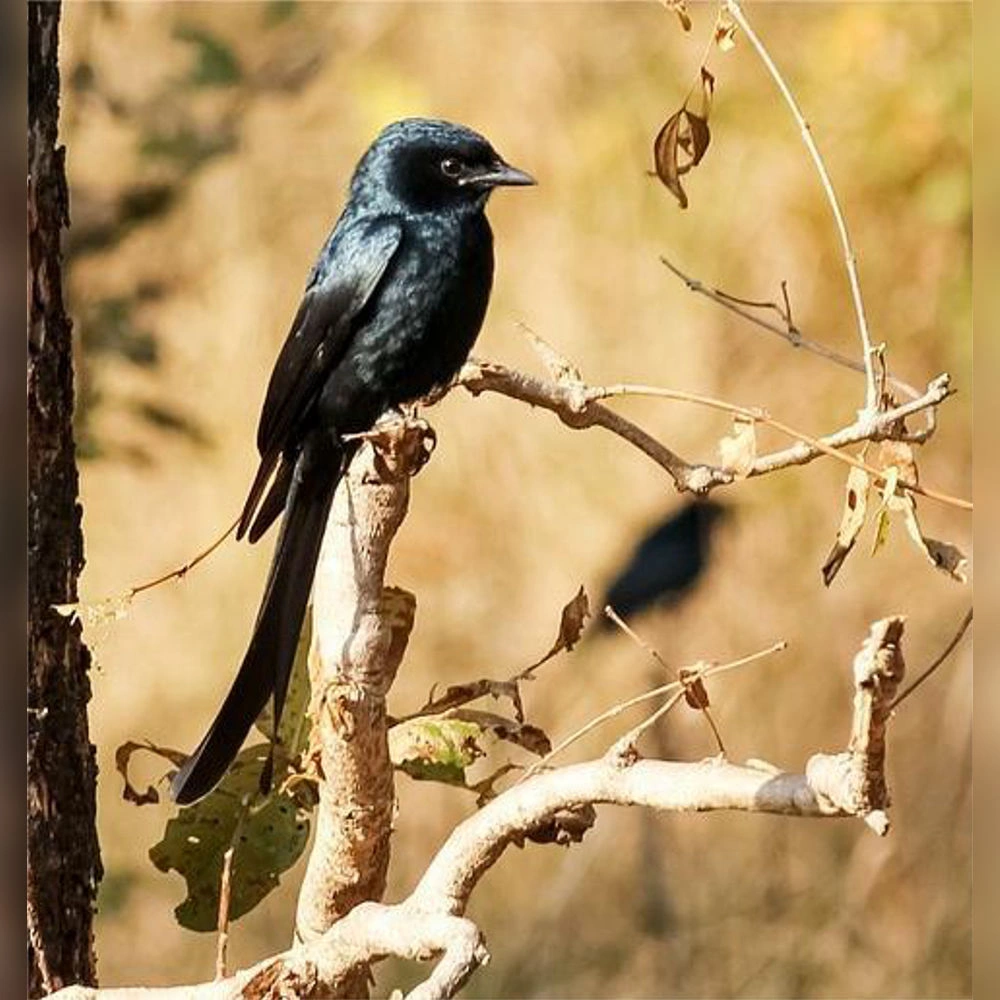
Black Drongo
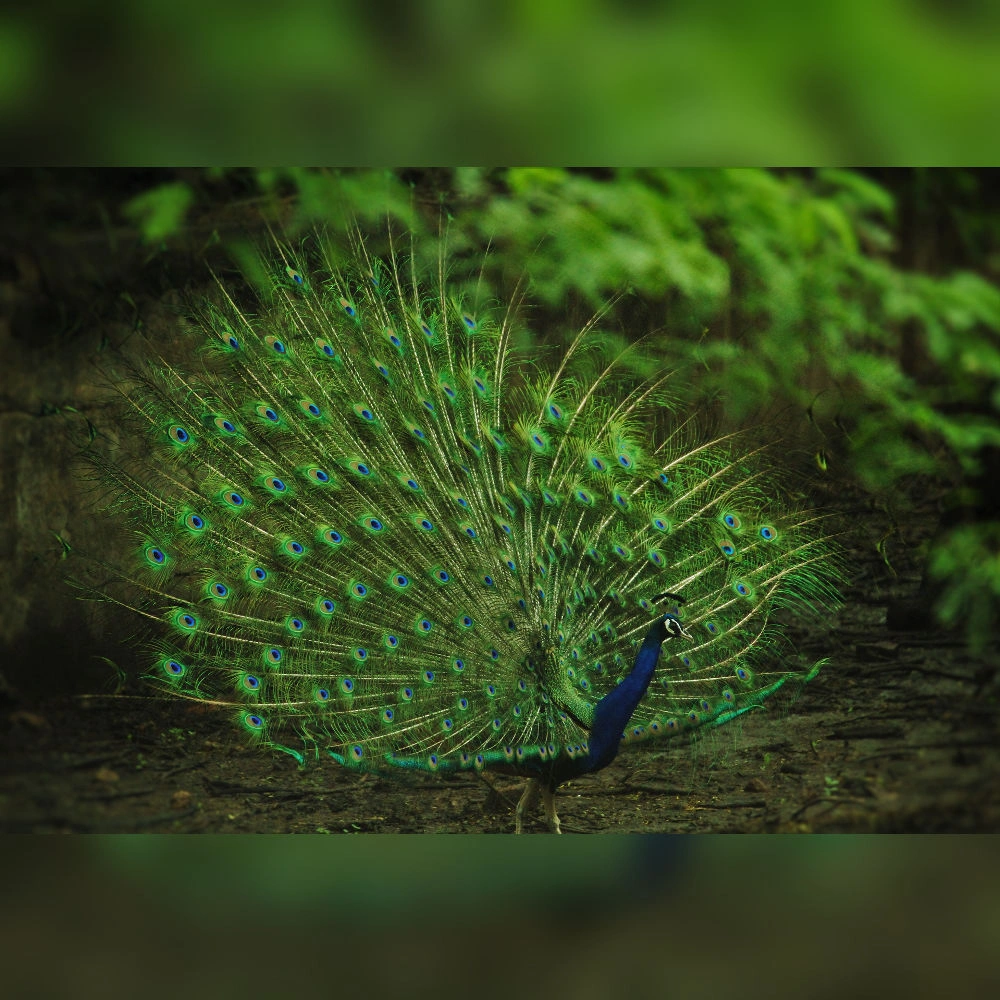
Indian Peafowl
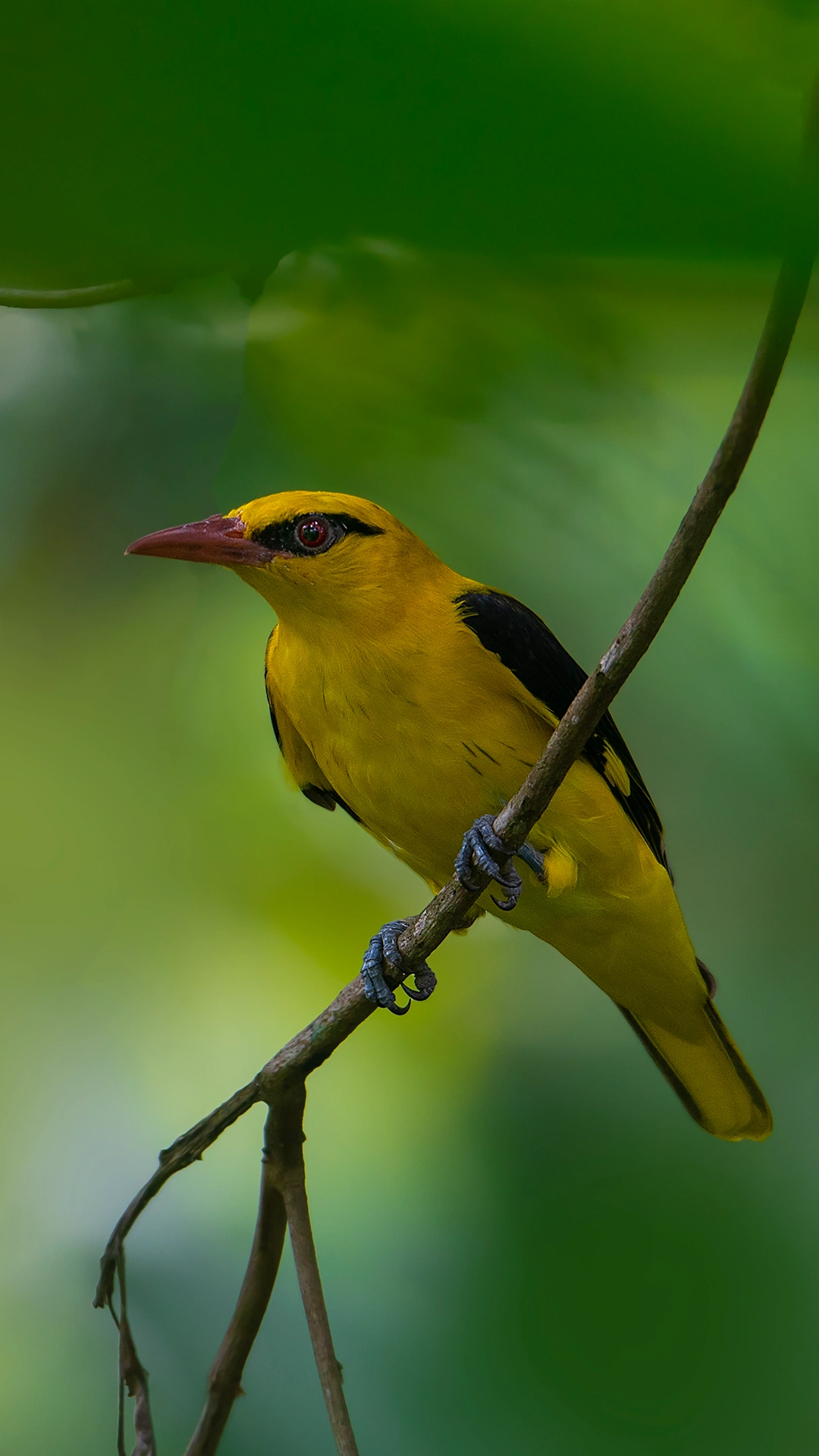
Indian Golden Oriole

Jungle Babbler
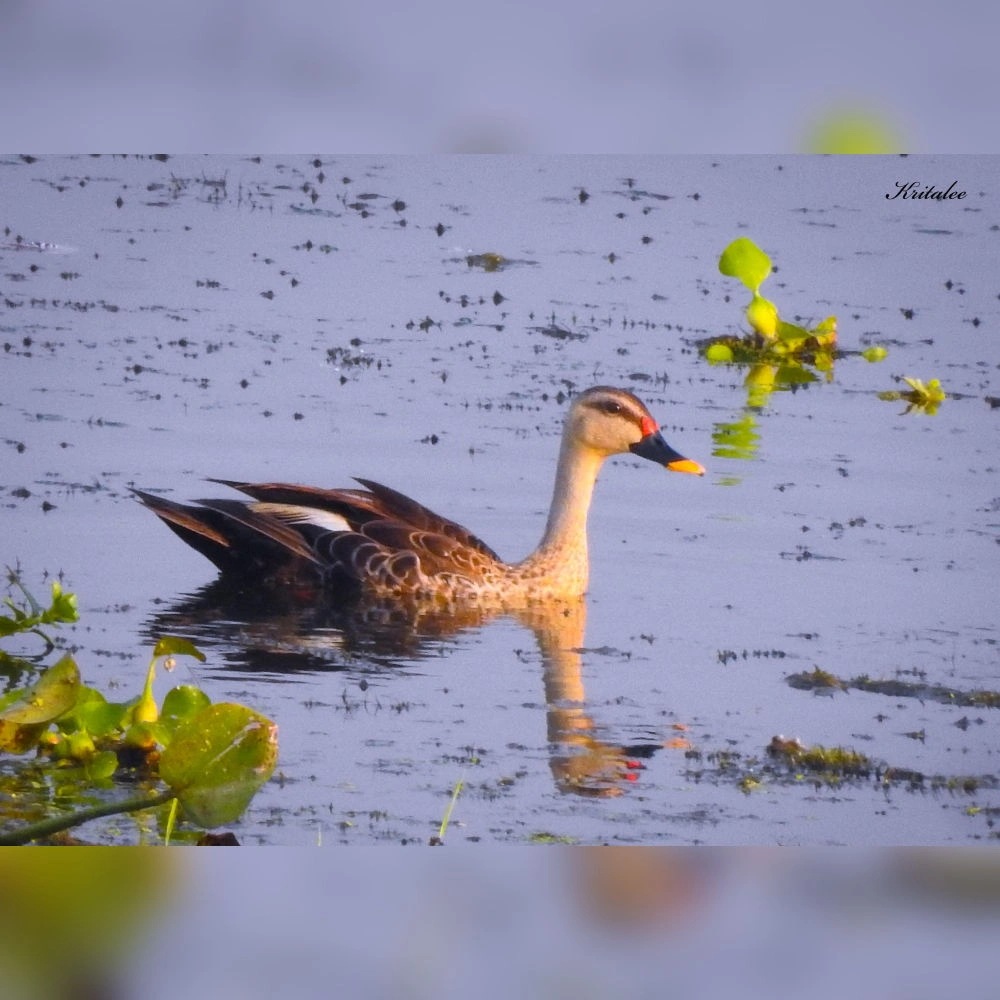
Indian Spot-billed Duck
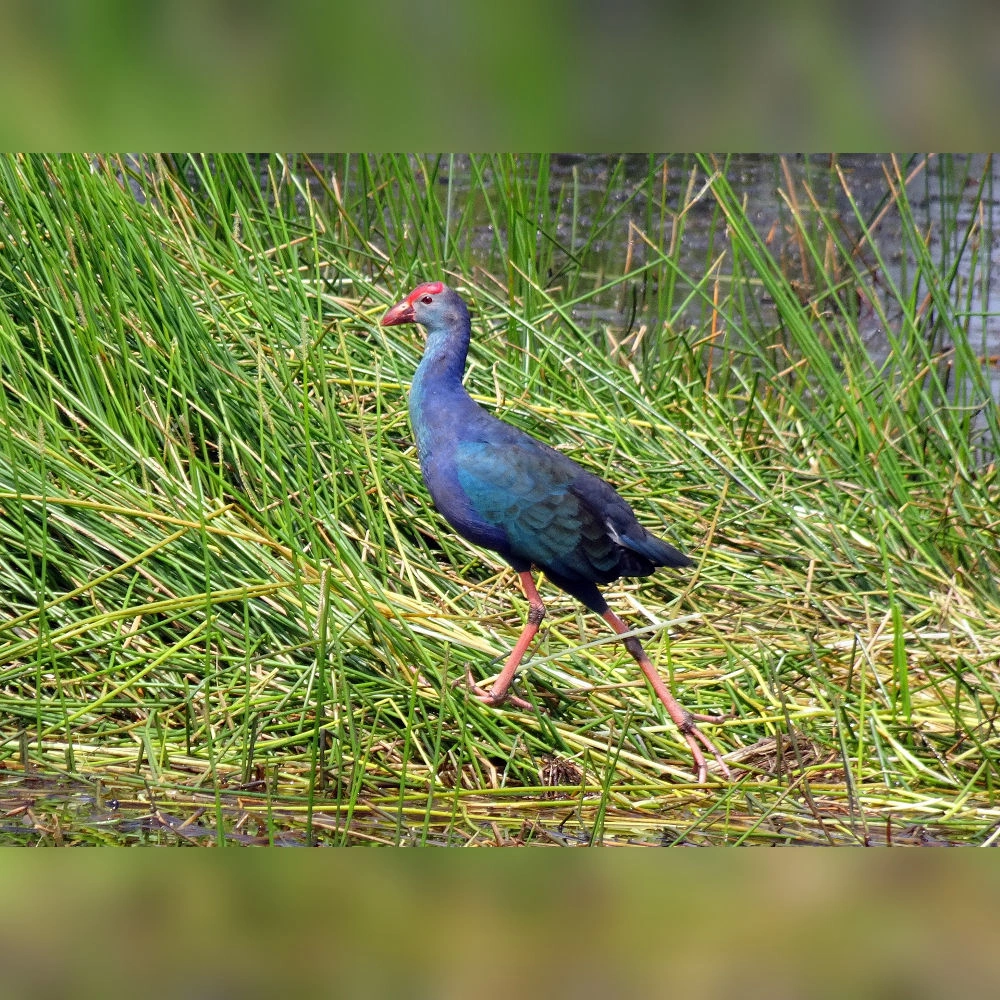
Grey-headed Swamphen
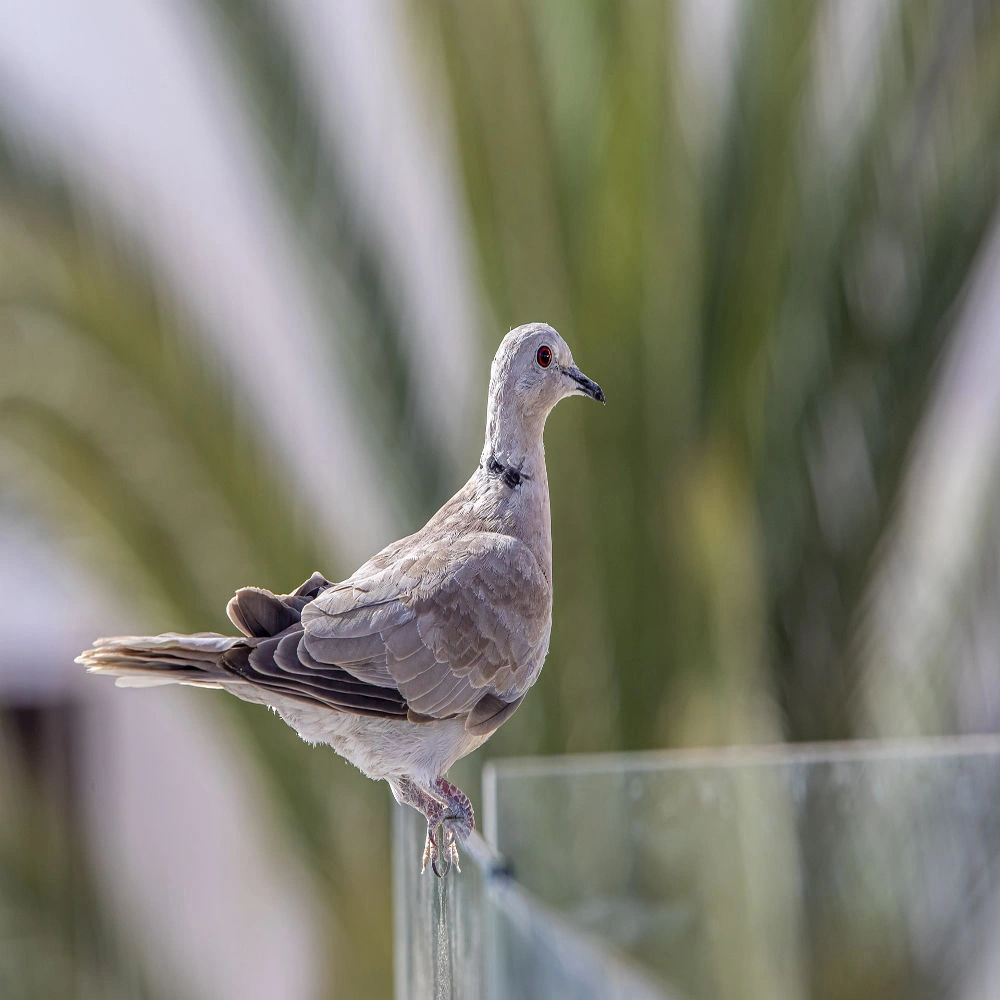
Eurasian Collared Dove
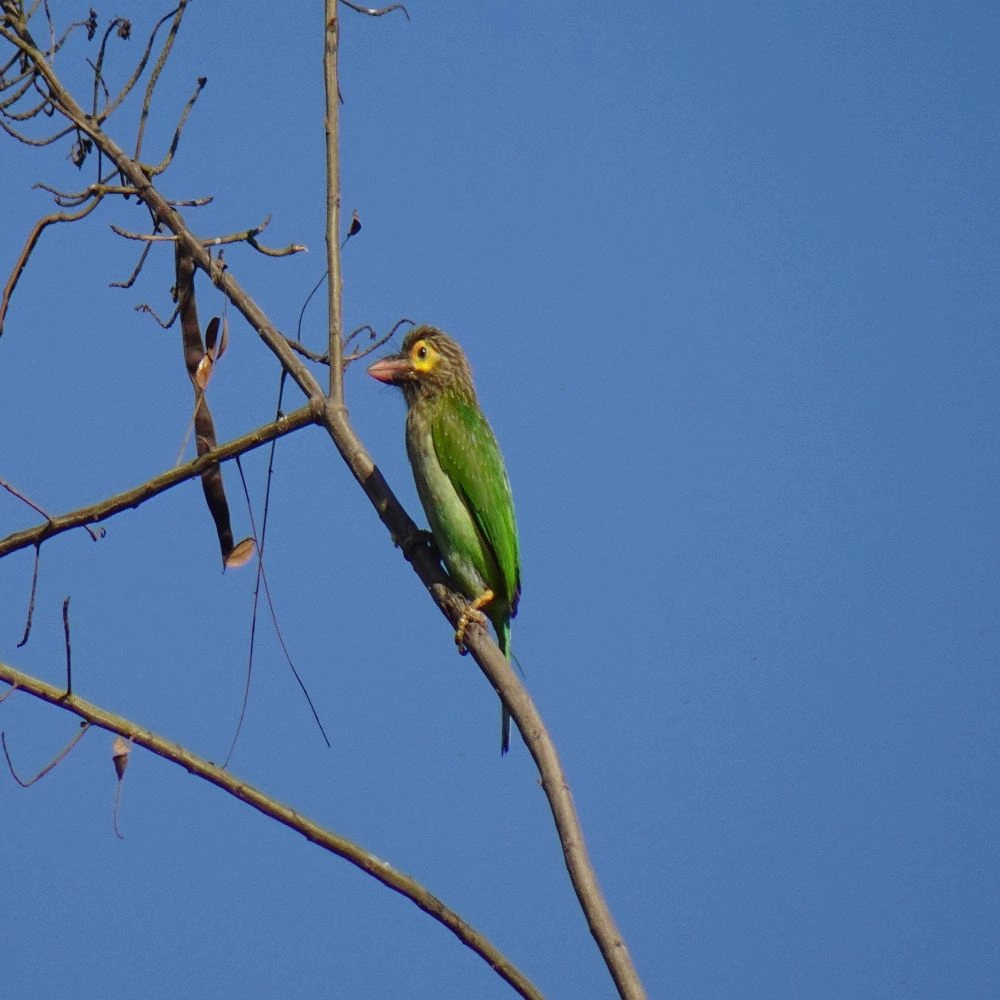
Brown-headed Barbet
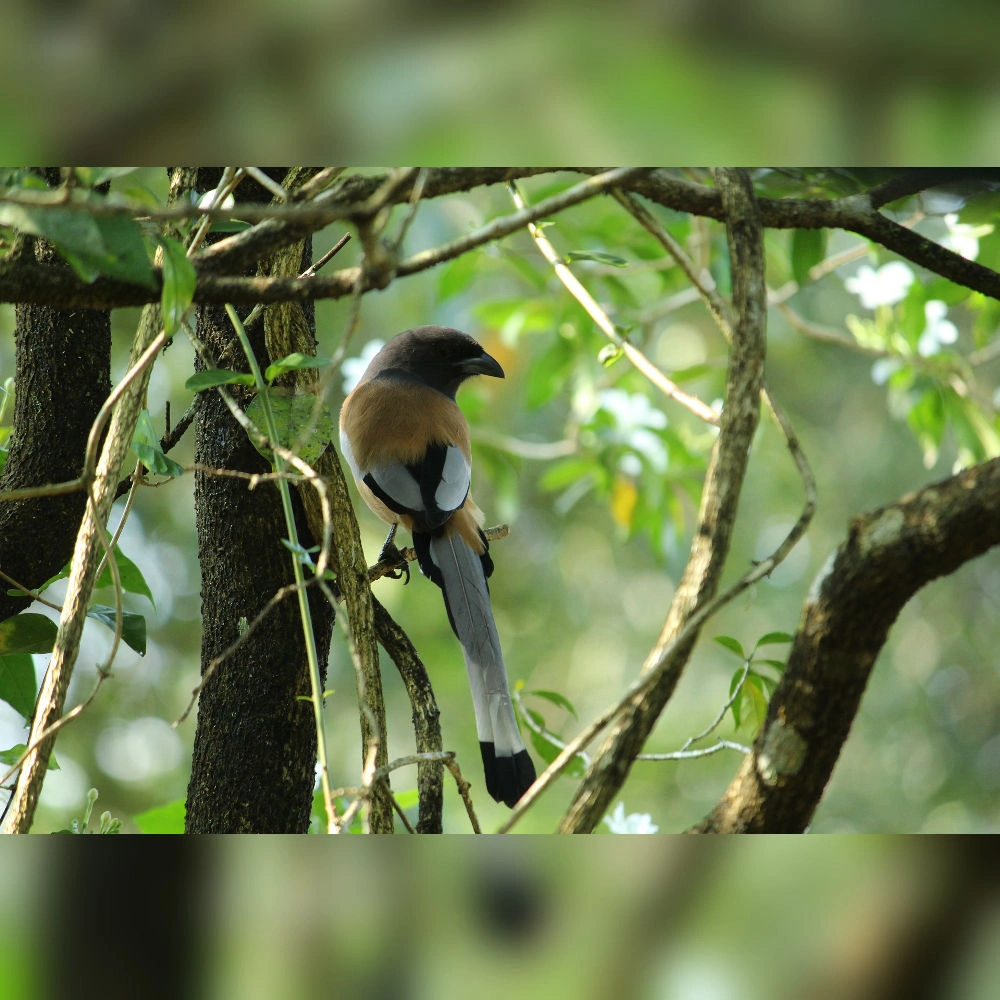
Rufous Treepie
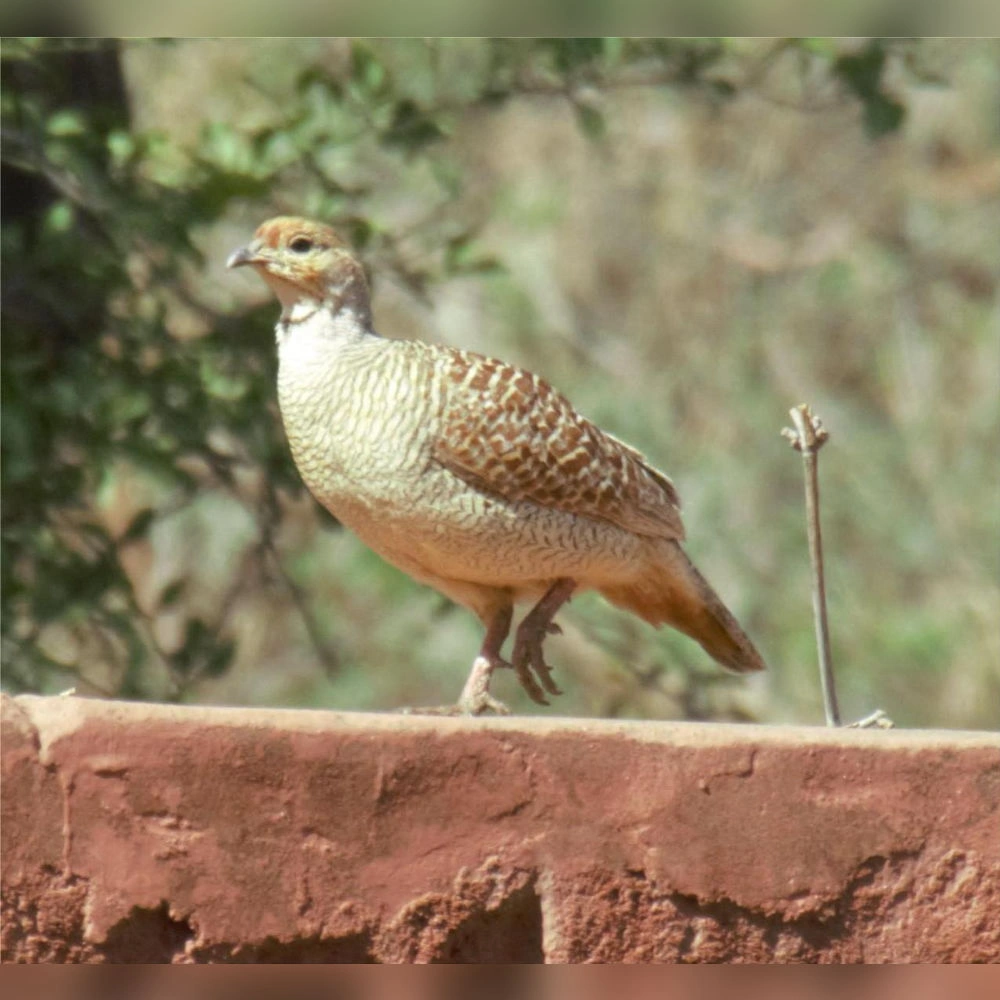
Grey Francolin
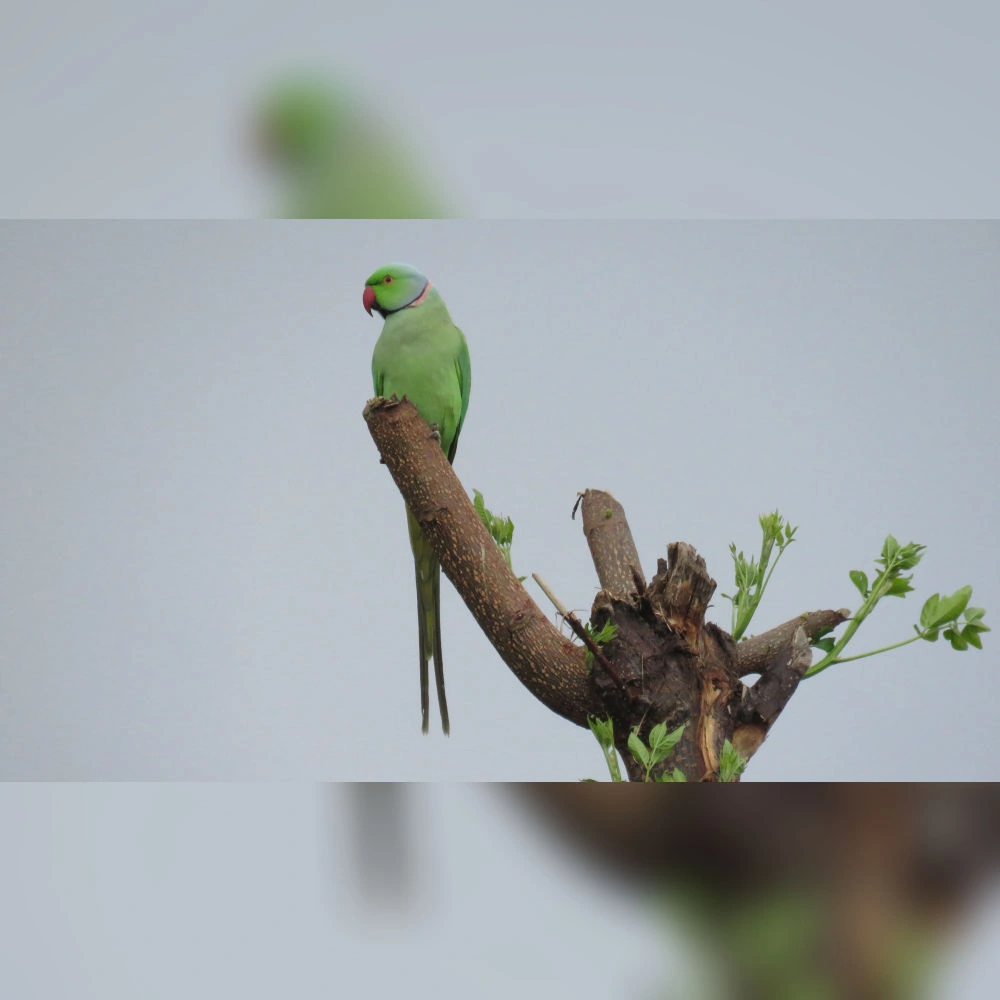
Rose-ringed Parakeet
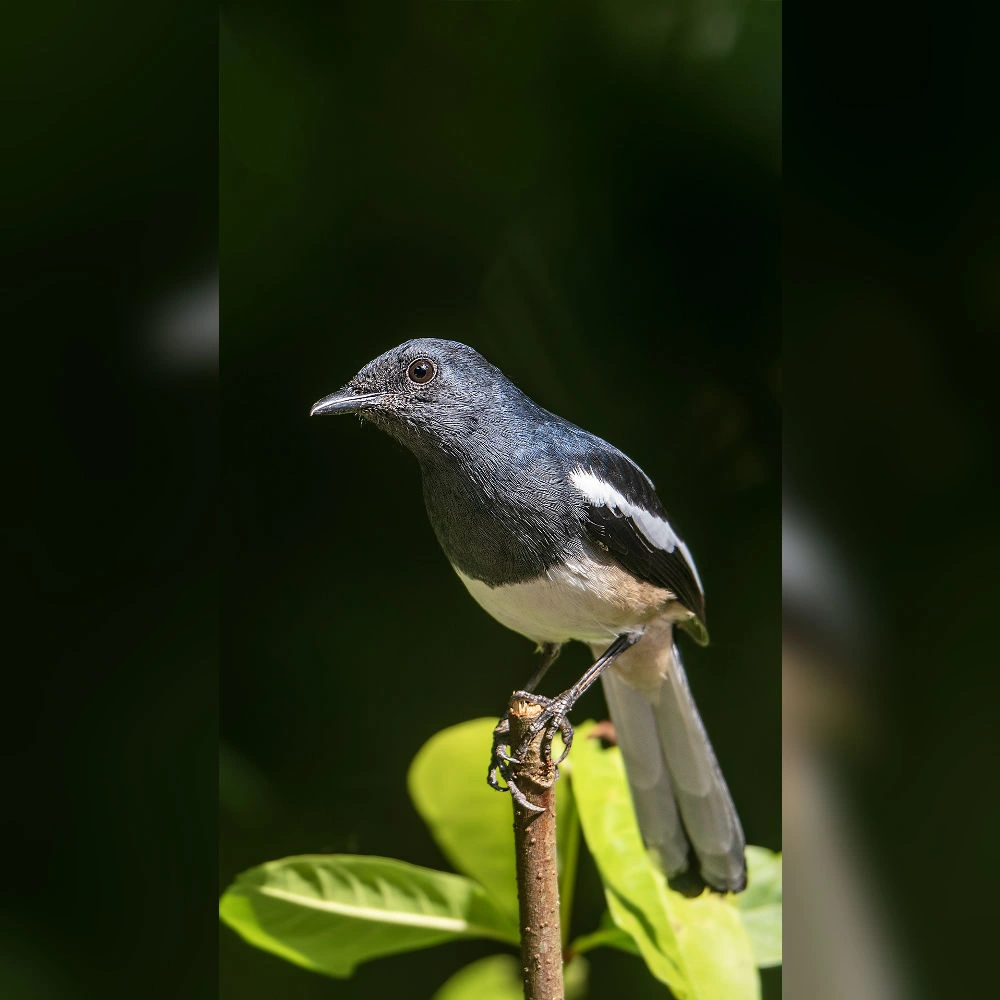
Oriental Magpie Robin
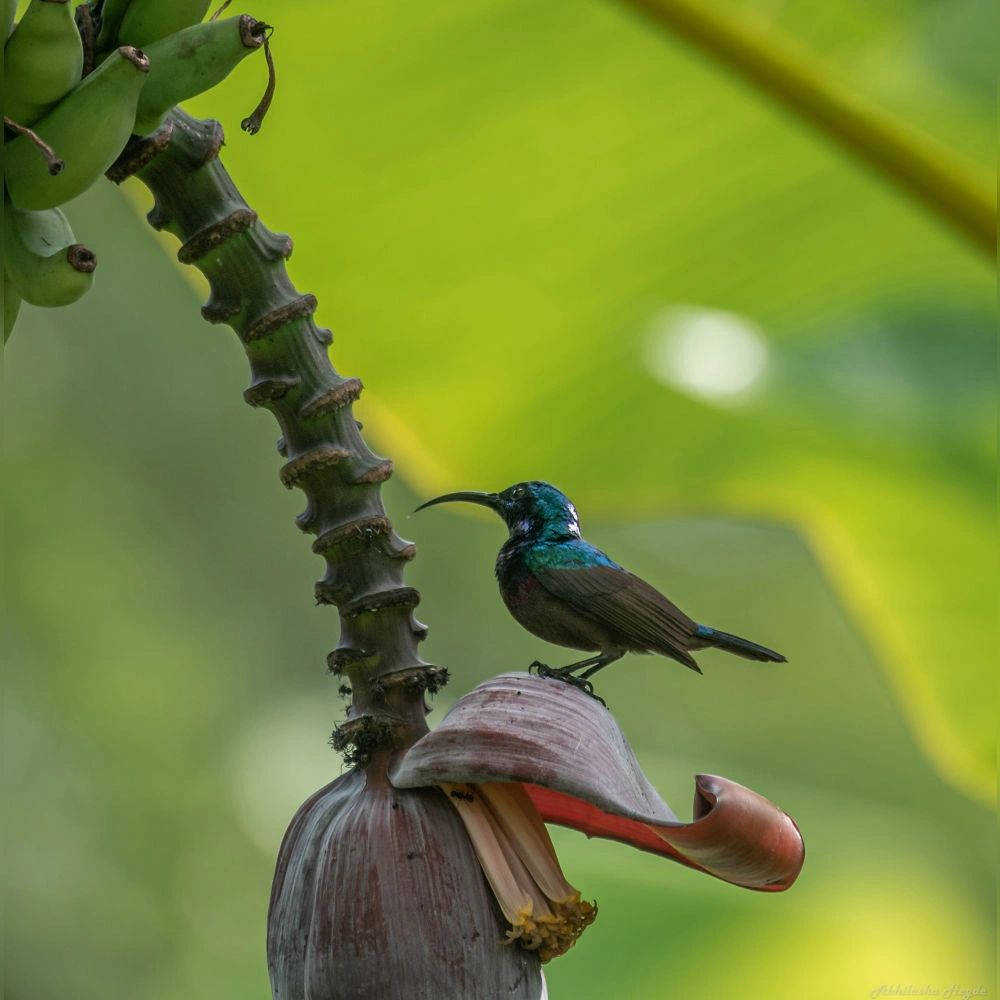
Purple Sunbird
Summary of Walk
Led by the passionate birder Mansi, a small but enthusiastic group of eight gathered for a serene morning walk through the rugged trails of Aravalli Biodiversity Park in Delhi. With binoculars in hand and curiosity in their hearts, the participants immersed themselves in the joy of birdwatching and learning.
The group remained deeply engaged throughout, keenly observing bird behavior, learning how to identify species by their calls, plumage, and movement. The highlight of the walk came when everyone paused in collective awe at the vibrant Indian Golden Oriole and the striking Yellow-fronted Green Pigeon—moments that truly captured the magic of the wild. In total, 23 species were recorded during the walk, including Indian Peafowl, Greater Coucal, Asian Koel, Oriental Magpie Robin, Red-wattled Lapwing, Brown-headed Barbet, Pied Cuckoo, Common Hawk-Cuckoo, Grey Francolin, and Rufous Treepie.
Adding to the fun, the group wrapped up with interactive bird quiz games, sparking friendly competition and reinforcing their newfound knowledge. It was a morning of connection — with birds, nature, and each other — leaving everyone inspired to return to the Aravallis for more.
Number of Participants
0
- Shimla
- 6 July, 2025
- Midori
- Shimla
- 6 July, 2025
- Midori

